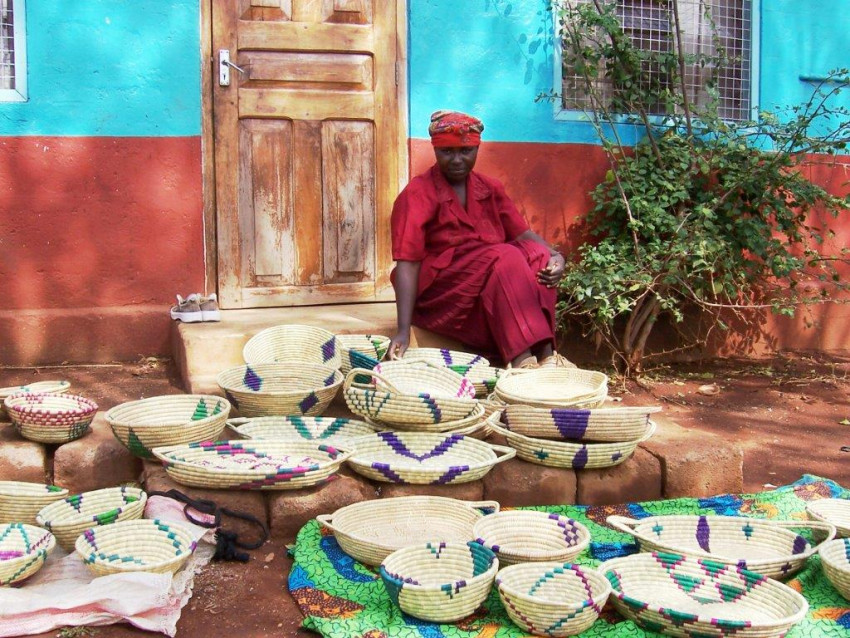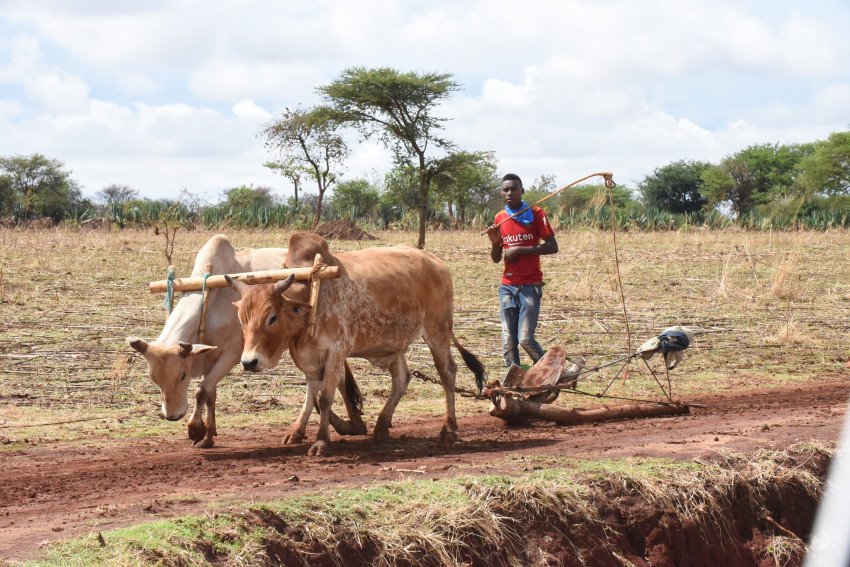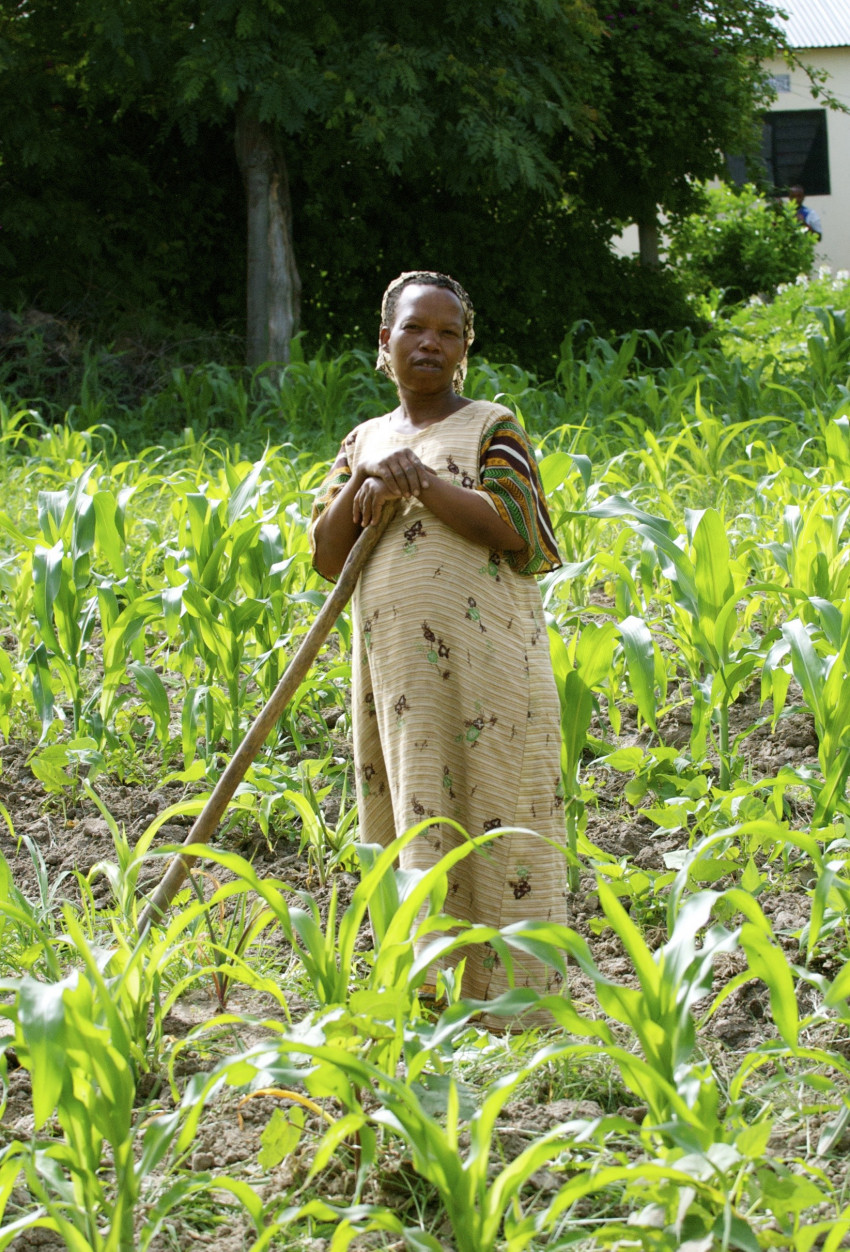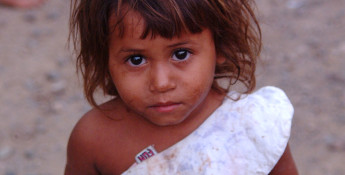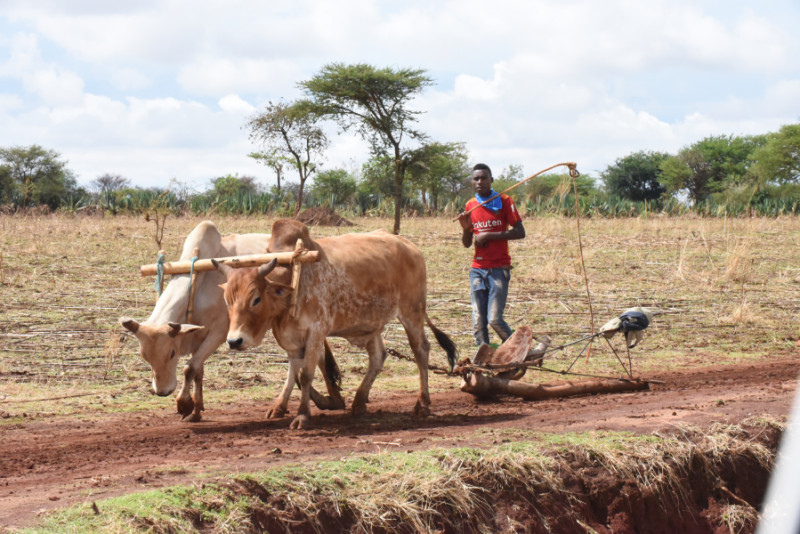By Greg Doering on August 19, 2021
Fixing the Food System in Africa
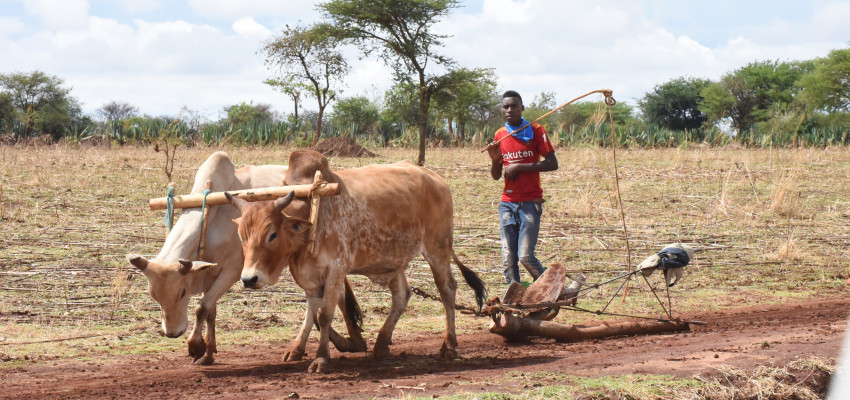
Floyd Hammer and Kathy Hamilton know there’s an opportunity to develop thriving, sustainable farms across Africa because the husband-and-wife team has spent nearly two decades successfully completing a range of projects in Tanzania, East Africa.
Their current venture, GrowPoint International, is focused on developing resilient food systems by using their existing experience and leveraging partnerships with others to create programs to assist local farmers raise, harvest and sell their crops.
“Because of broken food systems, increasing population and all of these things facing us, I think this might be the time where opportunity meets action,” Hammer says.
CLOSING THE YIELD GAP
Improving agricultural yields in Africa is paramount as the continent’s population is expected to double to 2.5 billion people by 2050. While Africa is home to about 25 percent of the world’s arable land, making the most of that resource is vital not only to feed the growing population, but to also export food around the globe.
As most of the world underwent an agricultural revolution that boosted crop yields, those gains skipped much of Africa. While grain production tops three tons or more per acre in much of the Western Hemisphere, yields in Africa have been stubbornly stuck at about a half-ton — or less — per acre.
While fertilizers, irrigation and high-yield seeds transformed agriculture across the globe, African farmers need more than chemicals and technology to grow sufficient food. Upgraded infrastructure, new markets and reliable governance are all factors that can help increase production.
Most farms in Africa are on “smallholder” plots, or tracts of land about two to five acres that have been long overlooked by multinational ag companies.
“That to me is the place to focus on — expanding production,” Hammer says. “We’re talking about two acres — we don’t need a 700 horsepower tractor.”
CREATING A PLAN
Right now, GrowPoint is laying the foundation to create the program. The goal is aligning the production, processing and distribution of food in ways that not only feed families, but also allows for a surplus they can sell at a profit to others in their community. Generating income is a key factor in the program’s sustainability. Through their work with The Outreach Program, Hammer and Hamilton know relying on the smallholder farmers and their communities working together will be the key to developing the concept.
“We’ve got all the pieces to develop the program for tomorrow,” Hammer says. “We don’t know what that program will become, but there’s a need and an opportunity, and we need to take the first steps.”
To begin, Hammer believes the best course is recruiting a group of farmers and ranchers to serve as a leadership team who will go to Africa, listen to the needs of a community there, return and begin developing their recommendations. The end goal is to start small and create something that can be replicated anywhere.
“You can’t fix a problem unless you really feel it,” he says. “You’re not going to start by fixing the continent. You’re going to start with 10 farmers and their village leadership.”
BOOTS ON THE GROUND
The team will likely start gathering input in Nkungi, Tanzania, which is where Hammer’s and Hamilton’s work in Africa, started as a two-month commitment to renovate and build a hospital. That original commitment has grown over the past 17 years to include building a secondary school, providing food and medical care and creating access to safe water sources, all under the umbrella of The Outreach Program.
Those successful projects didn’t come without some missteps along the way though.
“We’ve made probably more mistakes than anyone in the world, but we’re quick learners,” Hammer says.
He’s expecting the same challenges as GrowPoint dives into creating a system to produce, process and distribute everything farmers grow in Nkungi. Outreach staff in the village will work with the leadership team to talk with villagers and create a business plan to meet the needs of the community.
Once that plan is put together, GrowPoint would leverage its resources and contacts to assist in providing infrastructure, financing, education and other market development tools to make it a reality.
Staying flexible throughout this process will be one of the keys to success, according to Hammer.
“A five-year plan to me is not near as important as a three- to six-month plan, because at the end of three to six months, my five-year plan is going to change,” he says.
GROWING INTEREST
Hammer says there’s tremendous interest from people in Nkungi Village. The village leaders have pledged 10 to 20 acres of their land combined with a five-acre demonstration plot The Outreach Program developed as part of the Gunda secondary school ag program.
“The real potential to meet this challenge exists,” Hammer says. “We’ve had a lot of success stories. This can be another success story.”
Visit www.growpointint.org to learn more about the organization’s approach to building a food system.

